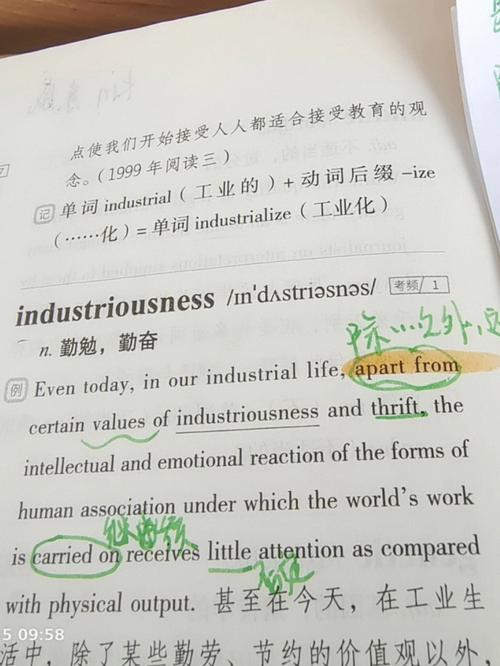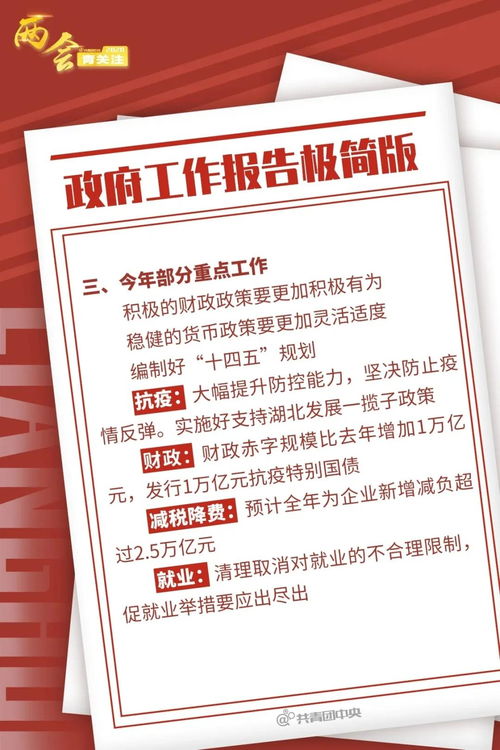考研英语三题型
Title: A Guide to Answering Questions in the English Section of the Postgraduate Entrance Examination
In the English section of the postgraduate entrance examination, it's crucial to understand the format and strategies to effectively answer questions. Here's a comprehensive guide to help you navigate through the test:
I. Reading Comprehension
1. Skim the Passage:
Quickly read through the passage to grasp the main idea.
Pay attention to topic sentences and concluding remarks of paragraphs.
2. Scan for Specific Information:
Identify keywords related to the questions.
Scan the passage for these keywords to locate relevant information.
3. Understand Question Types:
Main Idea Questions
: Focus on the central theme of the passage.
Detail Questions
: Look for specific information within the passage.
Inference Questions
: Analyze implied meanings based on the text.
Vocabulary Questions
: Determine the meaning of words in context.4. Elimination Strategy:
Eliminate obviously incorrect options to narrow down choices.
Cross out options that do not align with the passage's context.
5. Time Management:
Allocate time wisely to each passage and questions.
Don't spend too much time on a single question; move on if you're stuck.
II. Cloze Test
1. Contextual Understanding:
Read the entire passage to understand its theme and context.
Identify the tone and mood of the passage.
2. Grammar and Vocabulary:
Pay attention to grammatical cues such as verb tense and subjectverb agreement.
Use contextual clues to fill in the gaps with appropriate vocabulary.
3. Sentence Coherence:
Ensure that the filled words create a coherent and logical passage.
Check for consistency in terms of tense, pronoun reference, and logical progression.
4. Practice:
Practice solving cloze tests regularly to improve your skills.
Review your mistakes and understand the reasons behind them.
III. Translation
1. Maintain Meaning:

Focus on conveying the meaning accurately rather than literal translation.
Capture the essence and tone of the original text.
2. Grammar and Syntax:
Pay attention to grammar rules and sentence structures in both languages.
Ensure that the translated sentence maintains the same grammatical accuracy as the original.
3. Cultural Sensitivity:
Consider cultural nuances and idiomatic expressions in both languages.
Translate idioms and cultural references appropriately.
4. Proofreading:
Review your translation for grammatical errors and mistranslations.
Ensure clarity and coherence in the translated text.
IV. Writing
1. Understand the Prompt:
Analyze the writing task and identify key requirements.
Determine the target audience and purpose of the writing.
2. Organize Your Ideas:
Create an outline to structure your writing.
Divide your content into introduction, body paragraphs, and conclusion.
3. Clarity and Coherence:
Use clear and concise language to convey your ideas.
Maintain coherence by using transitional words and logical connections.
4. Proofread and Edit:
Review your writing for grammar, punctuation, and spelling errors.
Make revisions to improve clarity, coherence, and overall effectiveness.
Conclusion
Mastering the English section of the postgraduate entrance examination requires a combination of skills including reading comprehension, grammar proficiency, vocabulary, and writing ability. By understanding the question formats and implementing effective strategies, you can enhance your performance and achieve success in the examination. Remember to practice regularly and seek feedback to continually improve your English language skills.











评论